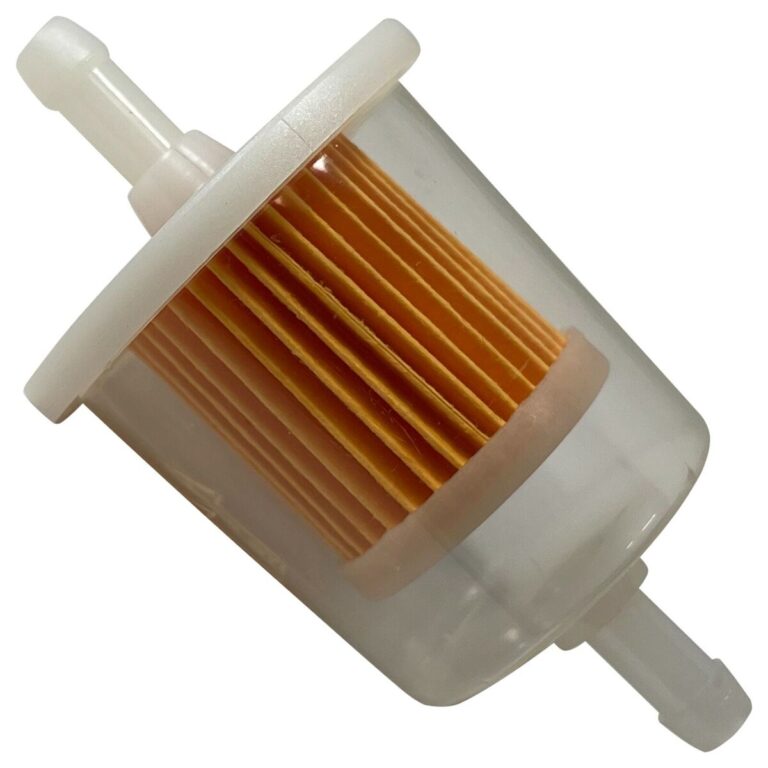Body panels are an essential component of any vehicle, serving both functional and aesthetic purposes. They protect the vehicle’s internal components, contribute to aerodynamics, and give the vehicle its unique appearance. In this article, we will explore the different types of body panels, their importance in automotive design, and the materials used to manufacture them.
The Function of Body Panels
Body panels play a critical role in protecting the vehicle’s internal components from damage. They act as a barrier between the outside environment and the vehicle’s occupants, providing structural support and absorbing impact in the event of a collision. Additionally, body panels contribute to the vehicle’s overall aerodynamics, affecting its performance and fuel efficiency. Furthermore, body panels are a key element of the vehicle’s exterior design, giving it a distinctive and appealing look.
There are several types of body panels found on a typical vehicle, including the hood, doors, fenders, roof, and trunk. Each of these panels serves a specific function and is designed to withstand different types of stress and impact. For example, the hood is designed to protect the engine and other critical components, while the doors provide access to the vehicle’s interior and offer protection to the occupants.
Materials Used in Body Panel Construction
Various materials are used in the construction of body panels, each with its own set of advantages and disadvantages. The most common materials include steel, aluminum, and composite materials such as carbon fiber. Steel is widely used for its strength and durability, making it an ideal choice for structural components such as the frame and body panels. Aluminum is preferred for its lightweight properties, contributing to improved fuel efficiency and performance. Composite materials, such as carbon fiber, offer a combination of strength and lightness, making them a popular choice for high-performance vehicles.
When selecting materials for body panel construction, manufacturers must consider factors such as cost, weight, strength, and manufacturability. Steel is often the preferred choice for mass-produced vehicles due to its affordability and ease of manufacturing. However, aluminum and composite materials are increasingly being used in the construction of modern vehicles, especially in the pursuit of improved fuel efficiency and performance.
The Impact of Body Panels on Vehicle Design
Body panels have a significant impact on the overall design and aesthetics of a vehicle. The shape, size, and position of body panels can greatly influence the vehicle’s aerodynamics, handling, and fuel efficiency. In addition, body panels contribute to the vehicle’s visual appeal, playing a key role in defining its exterior form and character.
When designing a vehicle, engineers and designers must carefully consider the placement and form of body panels to achieve the desired balance of performance, aesthetics, and functionality. For example, the curvature of the hood and fenders affects the vehicle’s aerodynamics, while the shape and size of the doors impact access to the interior and the vehicle’s structural integrity. Furthermore, the design of body panels can reflect the brand’s identity and contribute to the vehicle’s overall image and market positioning.
The Future of Body Panel Technology
Advancements in materials and manufacturing technology are driving innovation in the design and construction of body panels. New materials, such as advanced high-strength steel and lightweight alloys, are being developed to improve the strength-to-weight ratio of body panels, contributing to improved safety and fuel efficiency. Additionally, advancements in manufacturing processes, such as stamping and forming techniques, are enabling the production of complex and lightweight body panels with greater precision and efficiency.
Furthermore, the integration of smart technologies, such as sensors and integrated lighting, into body panels is opening up new possibilities for vehicle design and functionality. For example, the use of smart materials and integrated sensors in body panels can enable advanced safety features and enhance the vehicle’s communication with its surroundings. As vehicle electrification and autonomous driving technologies continue to evolve, body panels are expected to play an increasingly important role in the integration of these technologies into the overall vehicle design and functionality.
Conclusion
Body panels are a crucial component of any vehicle, serving both functional and aesthetic purposes. They protect the vehicle’s internal components, contribute to aerodynamics, and define its visual appeal. The selection of materials and the design of body panels significantly impact the vehicle’s performance, safety, and market positioning. As automotive technology continues to evolve, so too will the design and construction of body panels, contributing to the ongoing advancement of vehicle safety, performance, and functionality.
,refusal: null








Leave a Comment